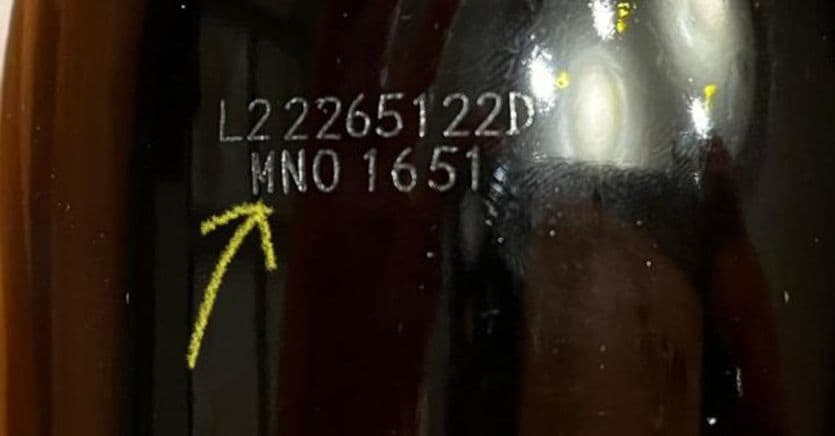Investing in transparency towards consumers, traceability and green technologies pays off. Almost like paying for theft insurance. This is demonstrated by what happened to the Masi winery, one of the most famous wine producers in Italy, from which 1,500 cases of 6 of Costasera, its most iconic product, were just stolen. The bottles of Amarone Docg vintage 2017 and 2018 were in the warehouse of the operator specialized in international wine logistics which the Valpolicella winery has used for years. A well-studied theft, since only the 9,000 bottles of Amarone Costasera are missing, enough to fill a lorry, while the other Masi wines stored in the same premises have not been touched. For the cellar, the damage is considerable: Costasera is Masi’s flagship product, protagonist in the recent celebrations for the company’s 250 harvests, often called upon to represent Amarone della Valpolicella among the great Italian reds for aging at international events.
Naturally, the accident is one of those covered by the insurance of both the company and the depositary logistics operator. This time, however, there is one more weapon to trust in the recovery of stolen goods: the traceability system. For years, the Masi winery has embraced the “from the vineyard to the table” philosophy, adopting technologies that allow for the immediate identification of each single bottle. A code appears on each one, (like the one in the photo above, which however does not belong to the stolen lot) which carries with it the indications about the production lot, the date and time of bottling. «It is an algorithm engraved on the bottle – says Sandro Boscaini, president of Masi – with which consumers can go back to the vineyard where the grapes used to produce that bottle were harvested. But in this case, that code number can help us understand immediately whether a bottle corresponds to the stolen lots or not”. Restaurateurs – or anyone who is offered a bottle of Costasera 2017 or 2018 – just report the code and find out if the seller is a fencer or not. “Another way to understand it – says Boscaini – will be to look at the selling price: if it is below the market average, it is clear that something is wrong”. Thieves are warned.
